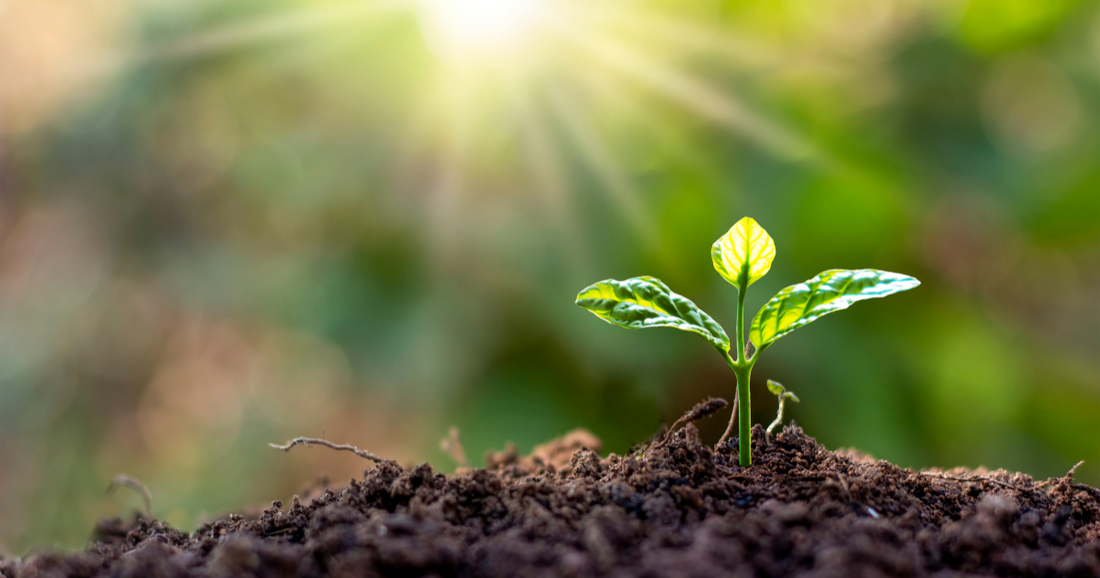
The Haney Soil Test is used to calculate soil health. CO2Meter worked to help Dr. Haney reliably measure CO2 as he developed his test.
The US Department of Agriculture defines soil health (quality) as the capacity of a specific kind of soil to function within natural or managed ecosystem boundaries to:
- Sustain plant and animal productivity
- Maintain or enhance water and air quality
- Support human health and habitation
As early as 6000 BC farmers understood the concept of alternating crops to improve soil. For example, in Leviticus Chapter 25 in the Old Testament, the Israelites were instructed to observe a "Sabbath of the Land.” Every seventh year they would not till, prune or even control insects. During the middle ages, Europeans developed two, three and eventually four field rotation of crops to keep soil healthy to increase crop yields.
What each of these methods had in common was the belief that if given the right opportunity to rest and regenerate, soil could maintain health over long periods.
It wasn’t until the 20th century and the growth of large-scale, industrial farming that this attitude began to change. It was made possible by the belief that soil health could be managed with additional chemicals and fertilizers. As practiced in America, industrial farming turned the middle states into what was commonly referred to as the “breadbaskets of the world.”
The challenges created by artificial chemical fertilizers has lead a new generation of farmers back to older ideas of soil health. The benefits are clear. Healthy soil requires little or no fertilizer. It requires less watering, and is more drought resistant.
The challenge for farmers, then is to determine what constitutes healthy soil? While it is easy to classify soil as either being healthy or unhealthy, it is much more difficult to determine whether soil is 30% vs. 70% healthy. These types of objective tests are needed in order to minimize the inputs needed to bring partially healthy soil back to 100% healthy soil.
While there are many tests and checklists for healthy soil, one of the most interesting ones is the Haney Test, named after Dr. Rick Haney, a Soil Scientist at the Grassland Soil and Water Research Laboratory for the USDA-ARS, at the 2015 Western Nutrient Management Conference.

Dr. Haney’s test was based on the observation that the drying and rewetting of soil triggers a burst of respiration. This microbial burst is quantified by measuring carbon dioxide (CO2) after rewetting a dried, ground soil sample. Carbon dioxide evolution, together with other laboratory measurements are used in an equation to predict the Soil Health Score and estimate how much additional fertilizer was required to bring the soil up to perfect health.
In a large-scale study, Haney ran 3,200 samples, helping growers reduce nitrogen input costs by $15 per acre.
Unfortunately, while the Haney Test works well in the laboratory, it was difficult to conduct using basic tools in the field. Even in labs, there is still a question as to standard results due to variables like soil wetness, test duration, objective vs subjective test results analysis, and more.
The next hurdle will be to create an inexpensive soil health test that can be used by farmers in the field. To this end, CO2Meter has been working with Dr. Haney to determine which CO2 sensor provides the best price/performance for his apparatus.
Although an in-field Haney Test is still in the development stages, sending soil samples to a lab for off-site test is a common practice for farmers. We’re proud to have worked with Haney, and will keep you posted on future updates.







